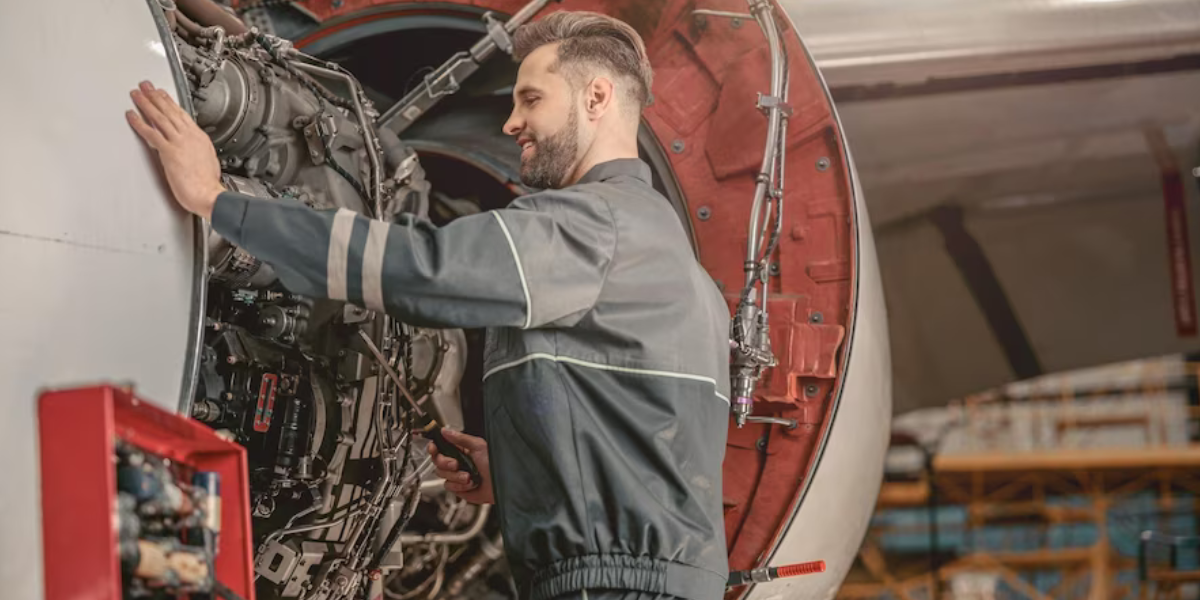Wind farm Adopts several challenges concerning rotor maintanence:
Rotor as a Critical Component: The rotor is pivotal in energy generation, and its health directly impacts the turbine’s efficiency and performance.
Inadequate Maintenance Practices: Traditional maintenance practices relied on scheduled inspections, making it challenging to detect early signs of rotor damage or wear.
Costly Downtime: Extended downtime for rotor maintenance negatively affected energy production and incurred substantial costs.
To address these challenges and elevate rotor maintenance, the wind farm adopted an innovative solution:
Rotor Winding Sensors: Installed sensors on the rotor windings to monitor temperature, vibration, and electrical parameters, providing real-time data on rotor health.
Predictive Maintenance: Employed predictive maintenance algorithms to analyze sensor data and identify abnormal rotor behavior, signs of overheating, or electrical anomalies.
Automated Alerts: Integrated the sensor system with automated alerts, allowing for proactive maintenance actions when predefined thresholds were exceeded.
Control panel
with DAQ/PLC Intermediator: Designed
to receive the sensor data and the output of the intermedior is connected to
the SCADA through OFC communication.
The implementation of rotor winding sensors revolutionized rotor maintenance for the wind farm, leading to enhanced reliability, cost savings, and operational efficiency. This case study underscores the pivotal role that sensor technology and predictive maintenance play in optimizing rotor maintenance practices in the wind energy industry, ultimately benefiting both the wind farm’s bottom line and its sustainability goals.

